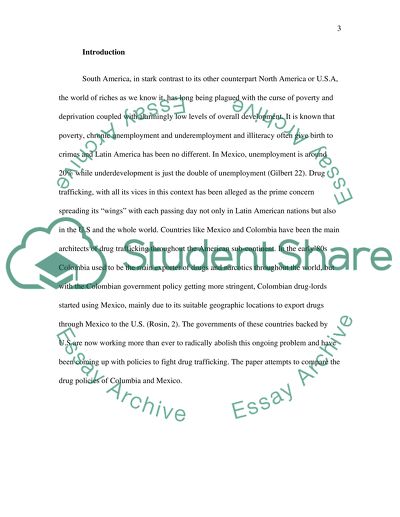Cite this document
(“Drug policy in Mexico and Colombia Research Paper”, n.d.)
Retrieved from https://studentshare.org/family-consumer-science/1420952-drug-policy-in-mexico-and-colombia
Retrieved from https://studentshare.org/family-consumer-science/1420952-drug-policy-in-mexico-and-colombia
(Drug Policy in Mexico and Colombia Research Paper)
https://studentshare.org/family-consumer-science/1420952-drug-policy-in-mexico-and-colombia.
https://studentshare.org/family-consumer-science/1420952-drug-policy-in-mexico-and-colombia.
“Drug Policy in Mexico and Colombia Research Paper”, n.d. https://studentshare.org/family-consumer-science/1420952-drug-policy-in-mexico-and-colombia.


